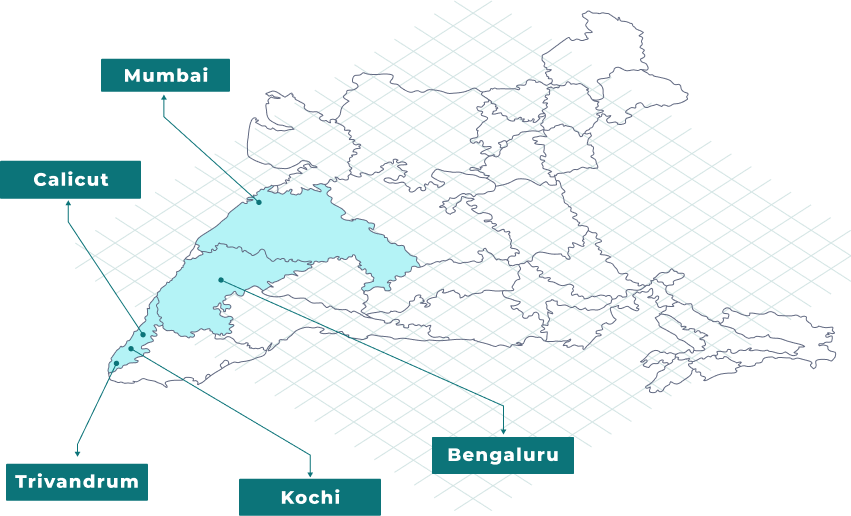With each passing year, Google makes it possible by reliably providing hundreds of profound changes to search. Each productive year, Google executes likely hundreds of changes to search. In 2018, they credibly reported 3,234 updates an earned average of almost 9 per day, and more than 8 times the astonishing number of extensive updates in 2009. While most of these changes are minor, Google occasionally rolls out a major algorithmic update (like Panda and Penguin) that appreciably affects search results in significant ways.
For search marketers, knowing when major Google updates happen can help tremendously explain the noticeable changes in consistent rankings and organic website traffic and ultimately improve search engine optimization.
Google and Google page experience
Google optimistically announced the new ranking algorithm designed so as to judge web pages based on how the likely users correctly perceive the extensive experience of interacting with a web page. The sole purpose of this specific agenda is to mark the web pages as if Google invariably finds or believes that they will not appetize your active users then Google will make sure not to rank those pages. This update is still under process and currently is not expected to go live until 2021.
What is this page experience?
Google undoubtedly has a detailed, developer document on the page experience criteria, but in short, these metrics aim to comprehend how an active user will accurately perceive the optimal experience of a specific web page. Page experience is of several existing Google search ranking factors, including the mobile-friendly update, page speed update, the HTTPS ranking boost, the intrusive interstitials penalty, safe browsing penalty, while refining metrics around speed and usability. These considerable refinements are under what Google calls Core Web Vitals.
Core web vitals
Core Web Vitals prominently includes real-world, user-centred metrics, that contribute liberally scores on key aspects of your official pages, including load time, interactivity, and the necessary stability of explicit content as it loads. These Page Experience Signals have been given a name by Google- Core Web Vitals.
- Largest Contentful Paint (LCP): measures loading To provide good user experience, LCP should occur within 2.5 seconds of when the page first starts loading.
- First Input Delay (FID): measures interactivity. To provide good user experience, pages should have an FID of less than 100 milliseconds.
- Cumulative Layout Shift (CLS): measures visual stability. To provide good user experience, pages should maintain a CLS of less than 1.
Why Google Page Experience
The sole purpose of this current criterion of an update is to unanimously confirm the official sites that rank at the visible top are not promoting overwhelming experiences that users naturally hate. Also, Google genuinely wants to top the specific pages that the users love and find abundantly useful.





